Microwaves have revolutionized the way food is prepared, offering a quick and convenient method to heat meals. Despite their widespread use, it’s crucial to recognize that not all foods are suitable for microwave cooking. This article delves into a list of foods that you should never put in the microwave. Understanding these can prevent food mishaps and ensure safety in the kitchen. The focus here is not just on maintaining the quality of food but also on preventing potential hazards that can arise from improper microwave use.
Contents
- 1 Whole Eggs: The Risk Of Explosion
- 2 Grapes And Other Fruits: Creating Plasma
- 3 Processed Meats: Chemical Changes
- 4 Leafy Greens: Potential Fire Hazard
- 5 Potatoes: Risk Of Botulism
- 6 Rice: Bacterial Contamination
- 7 Hot Peppers: Release Of Irritating Vapors
- 8 Frozen Meat: Uneven Thawing And Bacterial Growth
- 9 Make Microwave Safety A Priority In Your Kitchen
Whole Eggs: The Risk Of Explosion
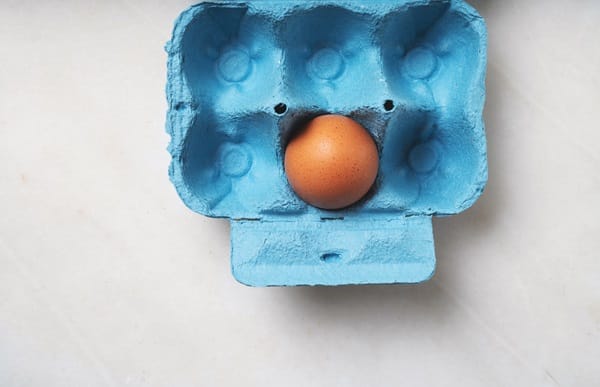
Microwaving whole eggs can lead to an unexpected kitchen disaster – explosions. When eggs are cooked in their shells in a microwave, the rapid heat causes steam to build up faster than it can escape. The pressure inside the egg continues to rise until the eggshell can no longer contain it, leading to a messy and potentially dangerous explosion. Not only does this create a significant cleaning challenge, but it can also damage the microwave or cause burns.
To safely cook eggs, it’s advisable to crack them open and cook them in a microwave-safe dish, or better yet, use traditional cooking methods like boiling or frying. If you must use a microwave, puncture the yolk and the whites to prevent pressure build-up. This method reduces the risk of explosions and ensures a safer cooking experience.
Grapes And Other Fruits: Creating Plasma

Grapes, when microwaved, can produce an astonishing yet hazardous phenomenon – the creation of plasma. This occurs because the high sugar content in grapes turns into superheated steam when microwaved, leading to the ionization of molecules in the air around the grape. This ionization process results in the formation of plasma, which is fascinating to observe but can be dangerous.
The intense heat and light generated from this reaction can damage the microwave’s interior. It’s also a potential fire hazard. For heating or cooking fruits like grapes, it’s better to use conventional methods like baking or stewing. These methods heat the fruit evenly and safely without the risk of creating plasma or causing damage to kitchen appliances.
Processed Meats: Chemical Changes
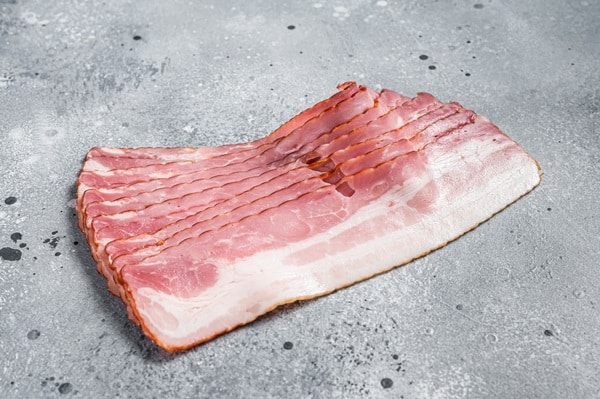
Processed meats, such as bacon and sausages, can undergo undesirable chemical changes when microwaved. The high fat and salt content in these meats can lead to the formation of cholesterol oxidation products (COPs), which have been linked to heart disease and other health issues. The microwave’s intense heat can exacerbate these chemical reactions, making processed meats potentially more harmful.
Moreover, microwaving these meats can unevenly cook them, leading to parts that are overcooked while others remain undercooked. This uneven cooking can affect the taste and texture of the meat. To ensure both safety and quality, it’s recommended to cook processed meats using traditional methods like grilling or pan-frying, which allow for better temperature control and even cooking.
Leafy Greens: Potential Fire Hazard
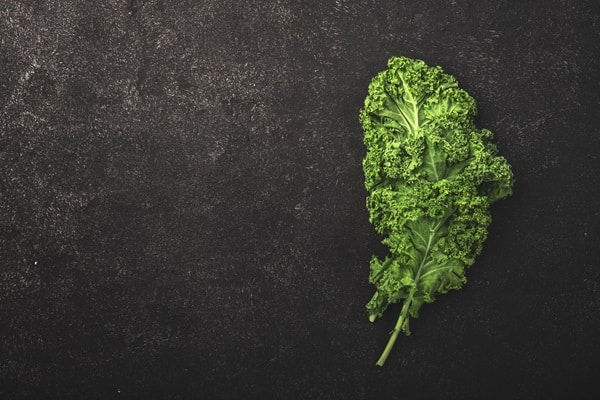
Certain leafy greens, such as spinach and kale, contain high amounts of minerals like iron, which can spark when microwaved. These sparks can lead to a fire hazard, especially if the greens are dry or if the microwave is set to a high power level. The risk is compounded by the fact that these sparks can go unnoticed until they cause significant damage.
In addition to the fire risk, microwaving leafy greens can also result in the loss of nutrients. The rapid heating process can break down vitamins and minerals, diminishing the nutritional value of these healthy foods. Steaming or sautéing greens is a safer and more nutrient-preserving method. These cooking techniques maintain the integrity of the greens while ensuring they are heated safely and evenly.
Potatoes: Risk Of Botulism
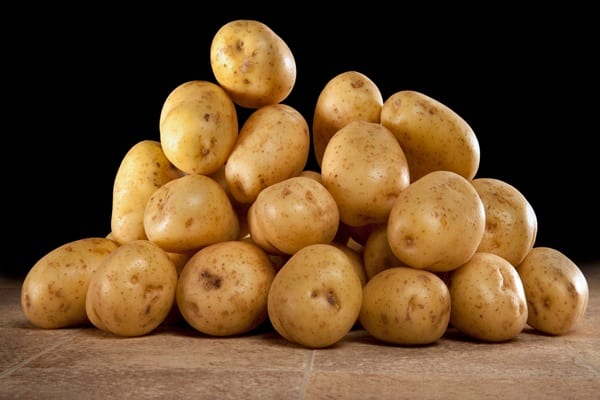
When potatoes are microwaved, especially when wrapped in aluminum foil, there’s a risk of botulism, a rare but serious illness caused by a toxin that thrives in low-oxygen environments. The foil creates an anaerobic environment around the potato, conducive to the growth of Clostridium botulinum bacteria, especially if the cooked potato is left at room temperature for too long. This risk is particularly concerning because the bacteria and its toxins can survive the microwaving process.
To safely enjoy microwaved potatoes, it’s crucial to avoid wrapping them in foil. Instead, pierce the potato skin several times with a fork to allow steam to escape and cook it uncovered. After cooking, consume the potato immediately or store it in the refrigerator to inhibit bacterial growth. For those who prefer the texture and taste of foil-wrapped baked potatoes, using an oven is a safer alternative, as the higher cooking temperatures can more effectively prevent the growth of harmful bacteria.
Rice: Bacterial Contamination
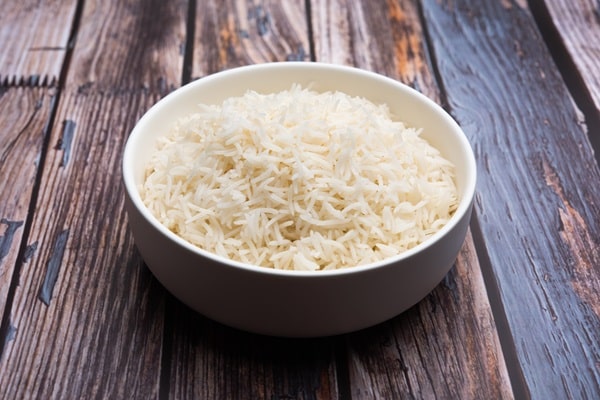
Rice is another food that poses a risk when microwaved, particularly when reheating leftovers. Uncooked rice can contain spores of Bacillus cereus, a bacterium that can survive the initial cooking process. If cooked rice is left at room temperature for too long, these spores can germinate, multiply, and produce heat-stable toxins that may not be destroyed by microwaving. This can lead to food poisoning, characterized by symptoms like vomiting and diarrhea.
To safely reheat rice, it should be cooled quickly after the initial cooking and stored in the refrigerator within an hour. When reheating, ensure that the rice reaches a high temperature throughout to kill any bacteria that may have grown. However, this may not neutralize all toxins already produced by the bacteria. Therefore, it’s best to consume rice in one sitting or store it properly and reheat it only once to minimize risks.
Hot Peppers: Release Of Irritating Vapors
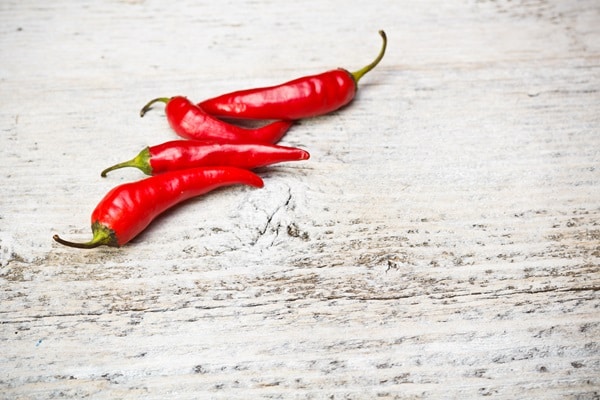
Microwaving hot peppers can be a risky endeavor due to the release of capsaicin, the compound responsible for their spicy heat. When heated in a microwave, capsaicin can vaporize, creating irritating and potentially harmful vapors. If inhaled, these vapors can cause a burning sensation in the throat and eyes, similar to the effects of pepper spray. This reaction is not only uncomfortable but can also be dangerous, especially for individuals with respiratory issues.
To safely cook or warm hot peppers, it’s advisable to use traditional cooking methods like sautéing or roasting. These methods allow for better control of the heat and reduce the risk of vaporizing capsaicin. If there’s a need to use a microwave, it’s essential to cover the peppers and use a low-power setting to minimize the release of vapors. Additionally, ensuring good ventilation in the kitchen can help dissipate any vapors that do form.
Frozen Meat: Uneven Thawing And Bacterial Growth
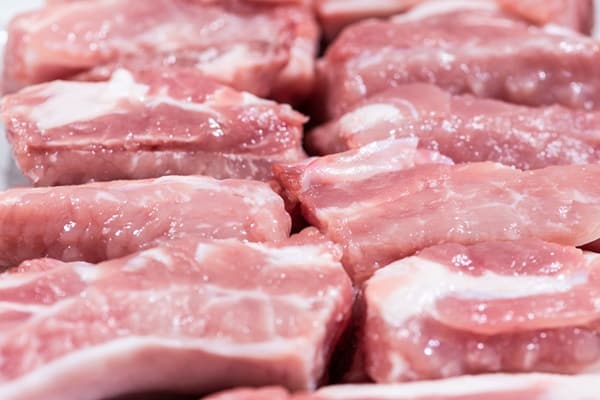
Thawing frozen meat in a microwave can lead to uneven thawing, where some parts of the meat may start cooking while others remain frozen. This unevenness creates an environment conducive to bacterial growth, particularly in the warmer parts of the meat where bacteria can multiply rapidly. The risk is especially high for large cuts of meat or dense meats like chicken, which do not thaw evenly in the microwave.
For safe thawing of meat, it’s recommended to plan ahead and thaw meat in the refrigerator, where it can gradually reach a safe temperature without the risk of bacterial growth. If time is a constraint, cold water thawing is a quicker alternative, involving submerging the meat in cold water and changing the water every 30 minutes to ensure even thawing. These methods are more time-consuming than microwaving but significantly safer, ensuring that the meat is thawed evenly and without the risk of bacterial contamination.
Make Microwave Safety A Priority In Your Kitchen
Understanding which foods to avoid microwaving is essential for kitchen safety and food quality. From explosive eggs to unevenly cooked meats, the risks associated with improper microwave use are varied and significant. By choosing alternative cooking methods for these specific items, you can prevent potential hazards and enjoy your meals with peace of mind. Remember, a little extra time and care in food preparation can go a long way in ensuring your safety and well-being.


